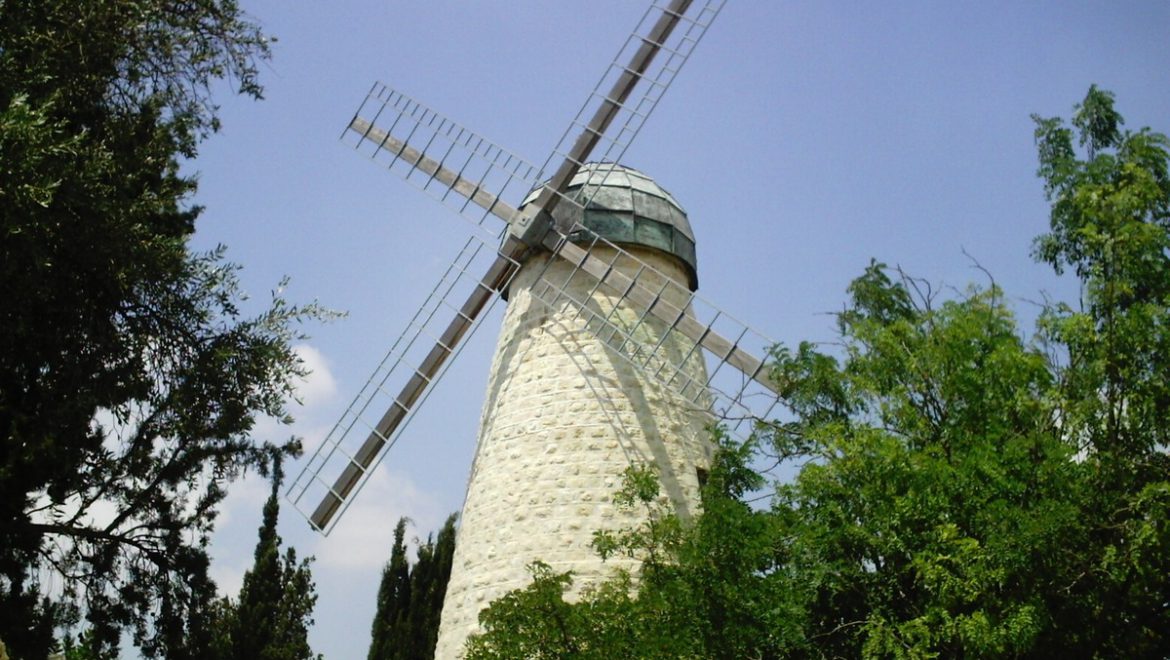
Written by Israeli tour guides, Shmuel and Aviva Bar Am, this article tells the story of Mishkenot Sha’ananim and Yemin Moshe, the first neighborhoods built outside of the walls of the Old City of Jerusalem. The article offers general information, interesting anecdotes, and stories of the inhabitants who lived here – from the initial construction by wealthy foreign philanthropists, through the danger of Arab riots and wars, to the restoration of the iconic windmill in 2012.
Judah Touro was a distinguished 19th century Jewish merchant who made his fortune in New Orleans. During the American-British War of 1812, Touro was seriously wounded and his recovery was slow and painful. But he continued to work and his various businesses and investments paid off handsomely. His financial resources enabled him to contribute heavily to both Jewish and Christian charities.
Touro bequeathed $60,000 to the Jews of the Holy Land in his will — a legacy that would have startling, long-range consequences. Indeed, as a result of his generosity, and because Touro chose Sir Moses (Moshe) Montefiore of England as executor of his estate, the situation of Jerusalem’s Jews was to improve beyond recognition. This Earth-changing transformation began with a tiny neighborhood just outside the walls of the Old City.
Tall and dignified, Montefiore made a fortune in the British stock market while still a very young man. At the age of 40, he retired and devoted himself to good works, becoming active on behalf of Jews all over the world, including the Jewish communities of Syria, Iran, Romania, Morocco, and Russia. And by the time he died, at the ripe old age of 101, he had also helped countless numbers of Jews in the land of Israel.
Montefiore, who was knighted by Queen Victoria in 1838, was granted a baronetcy eight years later in recognition of his humanitarian services. His coat of arms was truly unique: it includes the word “Jerusalem” — written in Hebrew. Perhaps Montefiore, an observant Jew, wanted to carry out the biblical injunction:
“Let my tongue cling to the roof of my mouth if I do not remember you, if I do not raise Jerusalem at the height of my joy” [Psalms 137:6].
In 1855, he paid his fourth visit to Jerusalem, traveling in a large black carriage and setting up his tent near the Old City Walls in what we know today as the Russian Compound. Armed with the money left by Judah Touro, he began looking for land on which to build a hospital for the Jews of Jerusalem. Eventually he bought a plot across from Mount Zion and surrounded it with a high stone wall. Although the hospital was never built, the land became the locale for the first modern Jewish neighborhood outside of the Old City walls.

